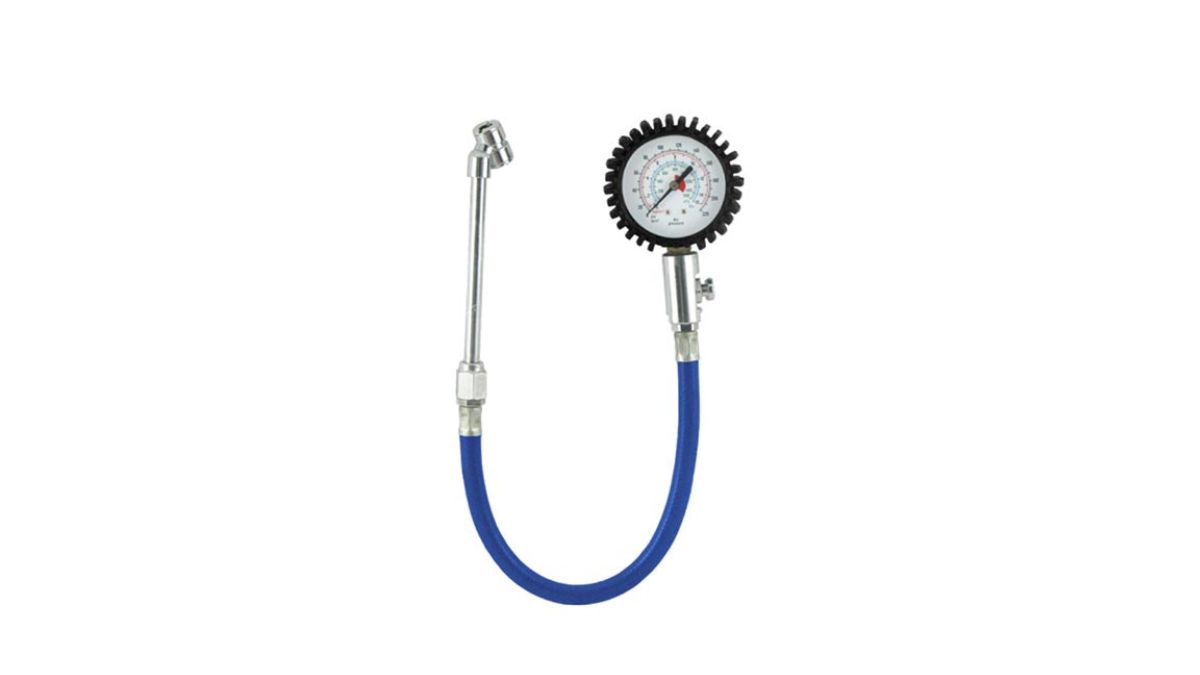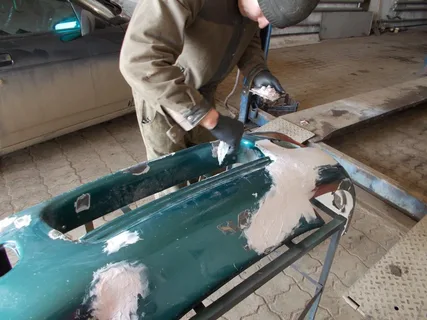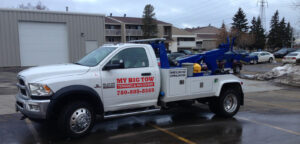The Importance of a Tire Pressure Gauge for Your Garage Shop
In any garage shop, one tool stands out for its simplicity yet fundamental importance: the tire pressure gauge.
It may seem like a small, inexpensive device, but its role in vehicle safety, performance, and efficiency makes it indispensable for both professional garages and DIY enthusiasts alike.
Having a reliable tire pressure gauge isn’t just about inflating tires; it’s about maintaining the standards that keep vehicles running smoothly on the road.
1. Why Tire Pressure Matters
Proper tire pressure is crucial to vehicle performance and safety. Under-inflated or over-inflated tires affect everything from fuel economy to handling. Here’s why tire pressure matters:
- Safety: Tires that are not properly inflated can increase stopping distance, lead to poor handling, and even blow out while driving. According to research, under-inflated tires are three times more likely to cause accidents due to blowouts or loss of control.
- Fuel Efficiency: Tires with the right pressure have optimal contact with the road, which means the engine doesn’t have to work as hard to move the car. Properly inflated tires can improve fuel efficiency by up to 3%, helping drivers save on fuel costs over time.
- Longevity of Tires: Under or over-inflated tires wear out more quickly, leading to more frequent replacements. By maintaining correct tire pressure, tire life can be maximized, reducing the need for replacements and saving money in the long run.
For a garage shop, these factors are especially important as they directly affect customer satisfaction and vehicle safety.
2. Benefits of Having a Tire Pressure Gauge in a Garage Shop
A tire pressure gauge may be a simple tool, but it’s an essential component of any professional setup. Here’s why:
- Accuracy in Measurements: Digital or high-quality mechanical tire pressure gauges are far more accurate than relying on guesswork. For any garage professional, ensuring precise tire pressure means less margin for error and fewer chances of vehicle mishaps due to inaccurate readings.
- Efficiency in Service: When you have a reliable tire pressure gauge on hand, it speeds up the process of checking and adjusting tire pressure. For garage shops handling multiple vehicles, time is crucial, and having an efficient tool ensures more vehicles can be serviced accurately within a limited time.
- Increased Customer Satisfaction: Customers rely on professionals to keep their vehicles safe. By ensuring every car leaves the shop with properly inflated tires, a garage shop can build trust and encourage repeat business. Satisfied customers are more likely to recommend your shop to others.
3. Types of Tire Pressure Gauges and Their Suitability for a Garage Shop
There are three main types of tire pressure gauges: stick, digital, and dial. Each has its benefits, but for a garage shop, it’s essential to choose one that is reliable and accurate.
- Stick Gauges: Stick gauges are the most basic and often least expensive type of gauge. While they can be accurate, they may not be as durable or precise as other types, making them less ideal for professional garage shops.
- Digital Gauges: Digital gauges provide clear, accurate readings, often with features like backlit displays for use in low-light conditions. They are typically more durable and can measure with higher precision, making them an excellent choice for professional settings where accuracy is key.
- Dial Gauges: Dial gauges resemble a clock face and offer excellent accuracy. They are often used in professional settings and can withstand frequent use, making them a good option for garage shops.
For garage shops, investing in a high-quality digital or dial gauge can pay off in the long run by ensuring reliable readings and durability.
4. How to Use a Tire Pressure Gauge Properly
To get the most out of a tire pressure gauge, knowing how to use it properly is essential. Here’s a quick step-by-step guide:
- Check the Manufacturer’s Recommended Pressure: Before measuring, always refer to the vehicle’s recommended tire pressure, usually found in the owner’s manual or on a sticker inside the driver’s door.
- Remove the Valve Cap and Attach the Gauge: Remove the cap from the valve stem and press the gauge onto it firmly. If using a digital gauge, you may need to turn it on before attaching.
- Read the Measurement: For digital gauges, the reading will be displayed clearly on the screen. For dial or stick gauges, make sure to note the indicated pressure accurately.
- Adjust as Needed: If the tire pressure is too low, add air, and if it’s too high, release some air until the gauge shows the correct pressure.
By following these steps, garage professionals ensure every customer’s vehicle is returned with safe, efficient, and correctly pressurized tires.
5. Cost Efficiency and Maintenance Benefits
Using a tire pressure gauge also contributes to cost efficiency for a garage shop.
By maintaining the correct pressure, you’re helping customers avoid uneven tire wear and improving fuel efficiency, which they’ll appreciate.
Additionally, well-maintained tires reduce the strain on other vehicle parts, potentially reducing the frequency of repair needs and visits.
For the garage shop, offering tire pressure checks as part of routine maintenance can be an attractive added service.
A quick tire check can lead to other service opportunities, as customers may ask for other services once they see the care taken with something as simple as tire pressure.
Conclusion: An Indispensable Tool for Safety and Efficiency
In a professional garage environment, a tire pressure gauge is more than just a device; it’s a critical part of providing quality service.
From enhancing vehicle safety to improving fuel efficiency and customer satisfaction, this small tool brings immense value.
Investing in a high-quality tire pressure gauge, knowing how to use it effectively, and offering regular tire checks can set your garage shop apart as a trusted, reliable provider in vehicle care.
For more posts, Click Here














Post Comment